
Simple tests to keep problems at bay
E. Almeida and B. Ferraro of Clark Solutions discuss how regular monitoring by simple testing of the towers in sulphuric acid plants can improve the reliability and lifespan of the plant.

E. Almeida and B. Ferraro of Clark Solutions discuss how regular monitoring by simple testing of the towers in sulphuric acid plants can improve the reliability and lifespan of the plant.
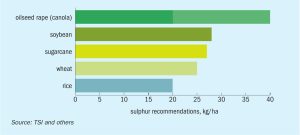
Sulphur is becoming an increasingly vital crop nutrient, due to a combination of lower sulphur deposition from the atmosphere, the increasing prevalence of high-analysis fertilizers and higher cropping intensity.

We compare and contrast the 2021 financial performance of selected major fertilizer producers following the publication of fourth quarter results.

The war in Ukraine has caused 9,000 civilian deaths and created 5.7 million refugees. If this immense and spiralling human tragedy was not enough, the unprecedented shock inflicted on commodity markets continues to unfold.
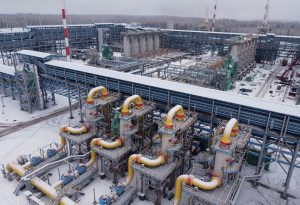
Russia’s invasion of Ukraine has turned the sulphur market on its head, potentially removing several million tonnes of supply from Russia and Kazakhstan and sending prices skyrocketing.
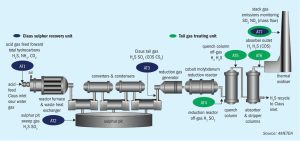
Jochen Geiger of AMETEK Process Instruments reviews SRU process analyser standards, how to choose the right instruments, what to watch out for when selecting the point of installation, responsibilities for the analysers after installation, and how to make best use of the information provided by these analysers. Potential upset conditions and how analysers can help us to understand and mitigate them are also discussed.

Sulphur prices keep on climbing. A quick check as I was writing this showed some indicators above $600/t, around four times what they were last year. As the title of this editorial suggests, what goes up must of course eventually come back down, but of course as always the question is: when?
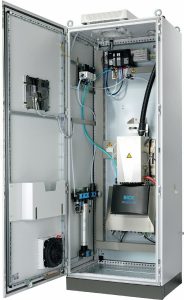
The trend for multicomponent analysis of emissions from sulphur recovery units is becoming more widespread. David Inward of Sick reports on a recent field trial to test the suitability of a hot extractive infra-red analyser for this application. In addition to reliably measuring and reporting emissions to air, the analyser is also capable of contributing to reducing overall tail gas emissions by supporting enhanced optimisation of the thermal oxidiser.

India’s new batch of urea plants are coming on-stream or nearing completion, but can the country regain the self-sufficiency in urea production that it enjoyed in the 1990s?
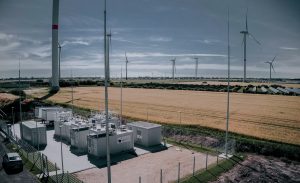
Florian Gruschwitz of MAN Energy Solutions takes a look at the current investment decisions influencing green hydrogen projects on the path to decarbonisation, reviews technologies that are available today, and discusses what it will take to ramp up a global green hydrogen economy.